Tocal Beef Cattle Assessment Course provides commercial focus
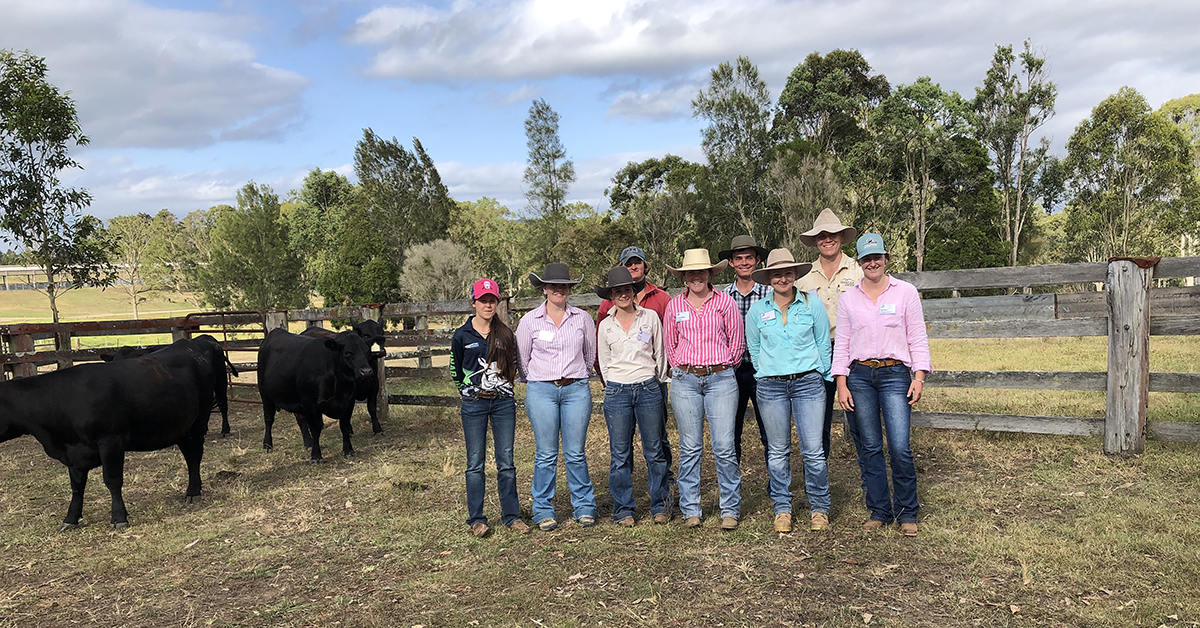

The Tocal Beef Cattle Assessment Course took place from December 5th – 7th and saw Angus Youth scholarship recipients from 2021 and 2022 take part.
Charlotte Nugent, Hamish Smith, Kristen Fredericksen, Liam Mowbray, William Crane, Meg Kealey, Hannah Bamford and Nicola Miller all participated in the course, which is hosted by Angus NSW and is widely recognised as the most practical and hands on beef cattle selection course of its kind.
The course covers a wide range of topics ranging from using EBV’s, structural conformation and selection of market utilising Bos Taurus and Bos Indicus breeds and their crosses and develops practical skills and information as well as presenting networking opportunities.
Not only were there plenty of learning opportunities over the course of the intensive two and half days, but it was also a hugely successful event for a number of the scholarship recipients.
Charlotte Nugent took out the coveted first place of the cohort for achieving the top score of the course. What’s more, fellow scholarship recipients Kristen Fredrickson, Nicola Miller and Meg Kealey all placed within the top ten of the event.
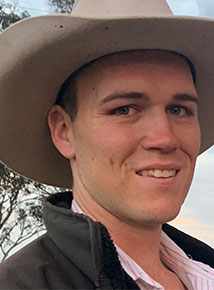
I applied for the Tocal Beef Cattle Assessment Course to better my visual appraisal of different classes of cattle.
The experience at the Tocal Beef Cattle Assessment Course is fantastic – the course is taught by several industry leaders with a wealth of knowledge, as well as guest appearances by several others. If you stay on site everything is provided for you, all you need to do is concentrate on learning.
The main thing I took away from the experience was appraising different maturity patterns for different markets and structural assessment for longevity. This has really consolidated the type of animal I’m trying to breed in my own Angus business and over the next few years I will be using this to objectively remove outliers from our herd.
The experience was far more than I expected. I would encourage anyone young or old, regardless of experience to attend. I wish I had undertaken the course years ago!
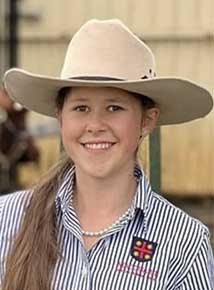
The Tocal Beef Cattle Assessment School Course Scholarships for Angus Australia Youth was a huge oppor
The Tocal Beef Cattle Assessment School Course Scholarships for Angus Australia Youth was a huge opportunity that led me to Tocal in December of 2022, accompanied by the most genuine people who were more than willing to share their never-ending knowledge and wisdom of everything beef cattle.
After checking in on the afternoon of December 5th, everyone gathered in the lecture room when we introduced ourselves to each other, establishing connections, becoming intrigued by the stories that some began to share and the different reasons why everyone was there. The course began with a bang, with Mr Bob Dent and his humorous videos engaging everyone and giving a detailed yet easy to understand, introduction of our market focused industry. We covered more than you could think of that night, it was so rich and dense with information, all of which we put to use later in the course.
After dinner, Sarah Strachan from Meat & Livestock Australia informed us of all the upcoming technologies and meat grading systems being implemented. Fat distributions and marblings direct effect on meat quality were major topics. Simple concepts provided insight in the evolution towards achieving accuracy of animal maturity. We finished the day with a bucket full of information as well as booklets, caps and pamphlets from Sarah and MLA. The night ended with social time where we all debriefed and made new connections, following up on stories and sharing a bit about ourselves.
Day two rolled around, straight back into another lesson on fat, muscle and bone proportions and how to identify each on a live animal and what it looks like when hanging. From this we could see saleable meat yield, dressing, P8 fat and muscle scoring. We then studied charts showing the markets and their overlaps including the ideal animal and maturity for each. To see this information in use, we studied Rangers Valley Feedlot and how they track each individual animal from when bought until packaged.
At the cattle yards we were given a scenario from a buyers perspective and had to evaluate what animal would perform best in that scenario. After selecting an order we were taken out of view of the cattle and then asked specific questions about the animals. This was extremely new to me but presented the perfect opportunity to put all that I had learnt into practice. It taught us all to focus on the details and to remember what animals were in the pen whilst under pressure.
Jake Phillips from Angus Australia joined us for performance figures in use regarding cattle selection. We discussed genetics and environment as well as the variation across and within different breeds. It was interesting to see the commitment needed for breeding genetics within cattle when considering the 5 year generation. It was extremely insightful to reflect on average changes to EBV data over the past 20 years using Angus Australia’s data. We worked on refining individual breeding goals, clarifying 3-5 main traits that work towards a target market within a set timeline.
Percentiles of where an animal ranks and how EBVs can reliably predict genetic differences sparked hot discussion which led to the influence of a bull’s genetics on a commercial herd. We then moved onto the traits of the future. As one of the youngest in the group this really served as food for thought as to how I can be taking these requirements into consideration and how they will affect the future of cattle breeding.
To end the day we had Jack Laurie, Liam Mowbray, Hannah Bamford and Chook Keiley tell us a bit about their unique and inspiring stories and shared their journey of their growing involvement within our huge industry. We then all continued to chat during social time, learning about each other and establishing connections amongst one another.
Day three began with a quick lesson on basic animal structure, specifically the importance of correctness in the leg and hoof. We discussed the functionality of a bull in different sized herds before heading back down to the yards.
This time we focused on assessing a group of possible breeding females which was familiar to me. There were many key take away points from these classes. Each pen of animals came with more discussion and made it easy to visualise what was spoken about. We judged many of the heifers with a scenario of cross breeding over a different breed of bull, challenging us to think of the end result and what sort of calf it would produce.
After morning tea it was time to assess the bulls. We assessed some purely on structure then had two classes in which we were provided with each bulls EBVs. It was interesting to see how much the visual judging is valued over the EBV and what ratio of importance they should be used in when assessing an animal. For the last few pens of heifers, we took part in a highly realistic practice of a keep/cull class of eight females. To finish off judging we listened to the top finalists speak on a class of heifers with their performance data. This was extremely eye opening for me as I had never encountered a judging speech incorporating EBV data at the same time.
After one last meal it was time for the final presentation. It was great for us all to reflect on how much we had learnt and how we can put it into practice. Over the three days we judged around 20 pens of cattle, ordering them in our personal preference as well as blindly answering 5 questions. Each of these sheets were being marked by the fabulous staff throughout the course who then awarded the top 10 participants. I was extremely fortunate and received 8th place. A huge congratulations to Charlotte Nugent who placed first, it was very well deserved.
Overall, my experience was invaluable and I would like to say a huge thank you to Angus Australia including Jake Phillips, Dzintra Menesis, Cheyne Twist, and everyone from the Angus Foundation that allowed me to attend. Also thank you to the Laurie Family, Bob Dent, Bryce Whale, Sarah Strachen, Leanne Stuart and everyone there who helped run the course and kept things running smoothly. The staff and teams at Tocal and the Angus Foundation worked tirelessly towards this course and I cannot thank them enough for this opportunity.
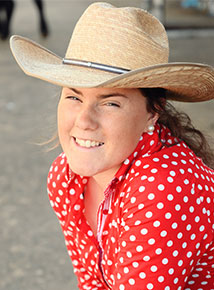 The course was presented and put together by some of the best in the Australian beef industry and was an amazing few days, that presented opportunities to, think, learn and work alongside some great people. The course challenged many of my viewpoints and ideals around cattle judging and my ability to accurately assess cattle for a range of specifications. Having grown up in the industry and attending multiple youth and junior show events throughout the years, cattle judging becomes much more like a routine, throughout the three days of the Tocal course I was taught to let go of the so-called routine that is junior judging and develop skills and an ability to quickly and accurately assess cattle based on a given market specification.
The course was presented and put together by some of the best in the Australian beef industry and was an amazing few days, that presented opportunities to, think, learn and work alongside some great people. The course challenged many of my viewpoints and ideals around cattle judging and my ability to accurately assess cattle for a range of specifications. Having grown up in the industry and attending multiple youth and junior show events throughout the years, cattle judging becomes much more like a routine, throughout the three days of the Tocal course I was taught to let go of the so-called routine that is junior judging and develop skills and an ability to quickly and accurately assess cattle based on a given market specification.
Tocal focused greatly on the commercial side of the Australian beef industry, and I personally got so much out of the course, finding the experience both challenging and very educational. The mentors who presented the course and the judges through the three days were exceptional cattlemen who were able to openly share so much of their knowledge with myself and my peers as well being open to many questions and queries that anyone had. The course has given me a fresh set of eyes when it comes to judging cattle. It taught me the importance of the final destination and market preferences. When breeding cattle, you must always have a final destination in mind.
It equipped me with a new skill set to take back to my own operations and apply moving forward. I am extremely humbled to have been a recipient of this bursary in 2021 and was fortunate enough to be awarded the top prize. I am very thankful for the help of Angus Australia and the Tocal committee for providing opportunities such as this one and would strongly encourage people young and old to apply for and attend the course.
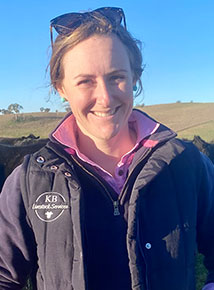
It was for some time that I had hoped to attend the Tocal Beef Cattle Assessment School. A goal particularly attributed to the school’s excellent reputation at challenging any preconceptions and judging abilities of beef cattle, together with the number of influential members of the industry that have either been involved or are still involved in the school. For this reason, it was intuitive to apply to attend on a scholarship with Angus Australia.
The school is held at Tocal Agricultural College and packs both information sessions and a lot of time in the yards with cattle into two and a half excellent days. The structure strongly encourages the “just jump in and have a go” attitude and with this, the learning is engaging, enjoyable and will stick with me. Like this industry is great at, time socialising was also allowed and gave the opportunity to meet people both new to beef and existing.
The biggest thing that I took away from the experience was confidence in critiquing steers and being able to appraise them based on the end goal market. The ability to discuss each class looked at whilst still in the yards in both a small group and a larger meant that it was both challenging and engaging. Getting an array of new insights in the differing opinions when judging bulls and the replacement heifer exercise was also incredibly valuable.
I would strongly encourage anyone to apply for the scholarship through Angus Australia to attend the Tocal Beef Cattle Assessment Course. The course is so excellently planned and run, a huge number of cattle are seen over the couple of days and the networking is invaluable.
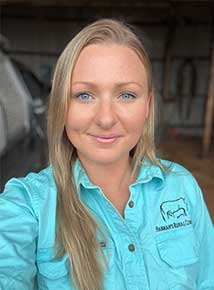
These few days were some of the most enriching and high-quality methods of both teaching and learning. The course was designed to be very hands on which is my favourite style to learn from, but also the way the teachers welcomed, and in fact pushed the group to have discussions or to challenge the teachers in their decisions, was what I thought makes the success of this course.
The biggest learning curve for me was the selection for feed lots. Most of my work has been around stud farms and reproductive work, so I was genuinely surprised at how to select the appropriate animal for a long-term feedlot as opposed to a bull for stud purposes. However, the what I I have since learnt on that side of the industry has only fuelled my drive to get involved more and expand my knowledge.
I remember driving into the college and feeling super nervous for a couple of reasons:
But as soon as I walked through the door I was met with such welcoming friendly faces and big smiles,I instantly relaxed.
The teachers were great, between them all there was an unprecedented wealth of knowledge, and teamed up with Angus Australia, they brought in some speakers from industries such as MSA (Meat Standards Australia) and Angus Australia to discuss how meat is graded and why and how EBV’s are understood, which I found myself totally engrossed in!
The only downfall I would say is that this course is just not long enough! A couple more days to really cement in the practices would have been great but I’m really grasping at straws here.
I stayed on campus for the duration, I can’t fault the college in any way! The food was amazing, I think I went home heavier than I came, and the accommodation was so clean!
All in all, I wish I knew about this course sooner!
It is designed for anyone. Whether you are young or old, new to farming or a 5th generation farmer, as far west as Western Australia or south as Tasmania, or whether you have just started your own herd or wanting to change career like I did, you won’t walk away disappointed.
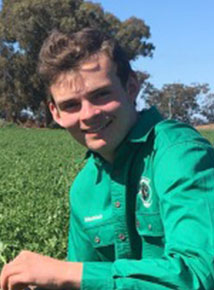
On the first day one of the most interesting parts of the course was the MLA seminar detailing the importance of low stress stock handling for superior meat quality among other things. Being a stud Angus breeder myself, I found the seminars about the structure of cattle to be extremely insightful as I understand the importance of cattle being able to function correctly.
One of the main take aways from the course for me was the difference in judging between classes of feeder steers and classes of steers ready for slaughter. In the classes of feeder steers it was usually the steer with the most growth potential that would win the class while in the classes of steers ready for slaughterer it was the steers that would hook the best without being too fat or too lean that would win the class. The connections that I made with other likeminded people in the beef industry was another stand out of the course. Overall, I would strongly recommend the course to anyone wanting an extensive grounding in the beef industry.
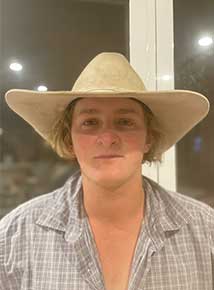
I would firstly like to thank all catering crews for accommodating our lunch and dinners. They sure did put up a good spread. At Tocal I gained incredible experience regarding judging and presentation in the Angus beef industry. I have come away with practical and communication skills which has provided me with a great basis to analyse the proper structure of cattle.
I believe that the Tocal experience was very beneficial for all the participants regardless of experience and prior skill and would recommend this course for all aspiring cattle industry enthusiasts.
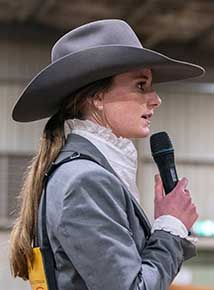
When I applied for the Tocal Beef Cattle Assessment Course Scholarships I had just I participated in the 2022 Angus Youth Roundup in Wodonga and came up with a junior judging win there, which then saw me invited back because of that win to associate judge at the next Roundup. That opened the door for me. I really wanted to expand my skills with some different sorts of cattle such as with the Bos Indicus crosses at Tocal, which is pretty relevant to home. Applying for the scholarship was just about really continuing to expand my judging skills.
Looking at at the feeder cattle and really market based judging I found has been really helpful and was stripping it right back to what we’re all doing it for, which is to make beef.
I think Angus Australia has provided a really awesome opportunity with the scholarships, not for only beginners, but for people that have experience as well. There’s a whole range of people here today and they really cater for everyone.
It’s an awesome experience to hear what other people think about cattle and how to better your own herd.